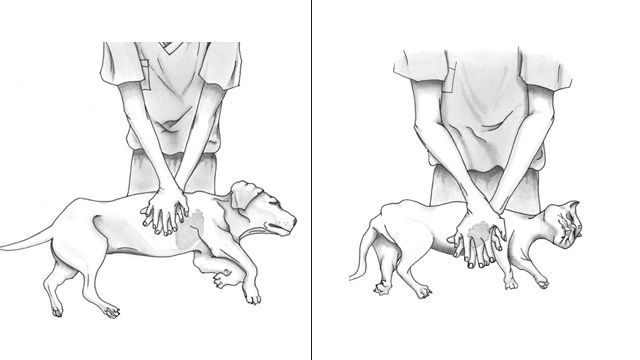Understanding the Difference: Heart Attack vs Cardiac Arrest

Understanding the Difference: Heart Attack vs. Cardiac Arrest
When it comes to heart-related emergencies, the terms "heart attack" and "cardiac arrest" are often used interchangeably. However, they are distinct medical conditions with different causes, symptoms, and treatments. Understanding the difference between a heart attack and cardiac arrest is crucial, as it can be the difference between life and death in an emergency.
What is a Heart Attack?
A heart attack, medically known as a myocardial infarction, occurs when the blood flow to a part of the heart is blocked, typically due to a clot in one or more coronary arteries. This blockage prevents oxygen-rich blood from reaching that portion of the heart muscle, leading to damage or death of the affected tissue.
Key Symptoms of a Heart Attack:
Chest pain or discomfort is often described as pressure, tightness, or squeezing.
Pain or discomfort in other areas of the upper body, such as the arms, back, neck, jaw, or stomach
Shortness of breath
Cold sweats
Nausea or vomiting
Lightheadedness or dizziness
What to Do in Case of a Heart Attack:
If you suspect someone is having a heart attack, call 911 immediately. While waiting for emergency responders, have the person sit down, stay calm, and, if possible, take aspirin, as it can help reduce the severity of the heart attack by thinning the blood.
What is Cardiac Arrest
Cardiac arrest is a sudden, unexpected loss of heart function, breathing, and consciousness. It is usually caused by an electrical malfunction in the heart that disrupts its pumping action, preventing blood from circulating to the brain, lungs, and other vital organs.
Key Symptoms of Cardiac Arrest:
Sudden collapse
No pulse
No breathing
Loss of consciousness
What to Do in Case of Cardiac Arrest:
Cardiac arrest is a medical emergency that requires immediate action. Call 911 immediately. If you are trained, begin CPR (cardiopulmonary resuscitation), and use an automated external defibrillator (AED) if one is available. CPR and AED use can significantly increase the chances of survival until professional medical help arrives.
The Critical Differences:
Cause: A heart attack is caused by a blockage in the coronary arteries, whereas an electrical malfunction in the heart causes cardiac arrest.
Symptoms: Heart attack symptoms can include chest pain, shortness of breath, and discomfort in the upper body, while cardiac arrest symptoms are sudden and include loss of consciousness and no pulse.
Treatment: A heart attack requires medical intervention, but the person is usually conscious and breathing. Cardiac arrest, on the other hand, requires immediate CPR and defibrillation to restart the heart.
The Connection Between the Two
It’s important to note that a heart attack can sometimes lead to cardiac arrest. When a heart attack severely damages the heart muscle, it can trigger an electrical malfunction that causes the heart to stop beating effectively, leading to cardiac arrest. Therefore, understanding and recognizing the symptoms of both conditions is vital.
Conclusion
Heart attacks and cardiac arrests are serious medical emergencies that require quick and appropriate responses. By understanding the differences between the two, you can be better prepared to act effectively in a critical situation, potentially saving a life.
At CPR ResQ Training & Education, we offer comprehensive training courses that cover CPR, AED usage, and how to respond to heart attacks and cardiac arrests. Equip yourself with the knowledge and skills needed to make a difference—because every second counts.
References
1. Books:
Author(s). (Year of Publication). Title of the Book. Publisher.
Example: Smith, J. A. (2020). The Essentials of CPR Training. Health Publishers.
2. Journal Articles:
Author(s). (Year of Publication). Title of the article. Title of the Journal, Volume(Issue), page numbers. DOI or URL
Example: Johnson, L. M. (2019). Cardiac arrest: The importance of early intervention. Journal of Emergency Medicine, 45(3), 223-229. https://doi.org/10.1016/j.jemermed.2019.01.012
3. Websites:
Author(s). (Year, Month Day of Publication). Title of the webpage. Website Name. URL
Example: American Heart Association. (2023, July 15). Heart attack symptoms and warning signs. https://www.heart.org/en/health-topics/heart-attack/warning-signs-of-a-heart-attack
4. Reports:
Author(s) or Organization. (Year). Title of the report. Publisher. DOI or URL (if available)
Example: World Health Organization. (2021). Global report on heart health. WHO. https://www.who.int/reports/global-heart-health-2021
5. Videos:
Author(s). (Year, Month Day). Title of the video [Video]. Platform Name. URL
Example: CPR ResQ Training. (2024, February 5). How to perform CPR [Video]. YouTube. https://www.youtube.com/watch?v=CPRexample



